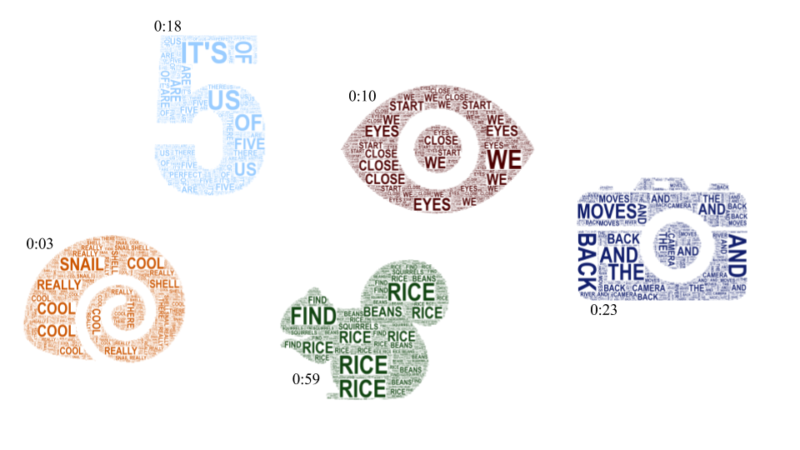I recently watched this performance by Kham Meslien from Cosmo Jazz 2023, a music festival in Chamonix-Mont-Blanc. Kham Meslien grew up in Angers, in the west of France, and was a member of Lo’Jo for 20 years.
Kham Meslien’s “Mauza/The Alarm”


I recently watched this performance by Kham Meslien from Cosmo Jazz 2023, a music festival in Chamonix-Mont-Blanc. Kham Meslien grew up in Angers, in the west of France, and was a member of Lo’Jo for 20 years.

During recent Imaginative Ethnography Workshops that were a part of my Performance Ethnography course, our class was broken into small groups and sent off to explore the Black Creek Trail in search of silences. In our presentation, my group focused on our use of scores during our Black Creek Trail excursion. My own understanding of scores was limited by my disciplinary affiliation with music, and I was interested to learn that disciplines like performance art and dance also use scores as guidelines for their work. I wondered how graphic scores, used by composers and musicologists to represent music in non-standardized notation, might be used in imaginative ethnography. In this post, I will discuss three scores that I created, the scores that influenced them, and how they can be variously applied as methods within an ethnographic methodology. By doing so, I hope to spark the imagination of others who might be interested in applying this method to ethnographic methodology.


This post explores Hans Abrahamsen’s use of constraint as a compositional technique in his song “let me tell you how it was.” It begins with some background on the work’s creators, briefly discussing their various literary, feminist and disability studies perspectives on constraint. It then moves into an analysis of the song’s four musical elements. While each is used with great restraint, they weave together to create a striking musical statement.
